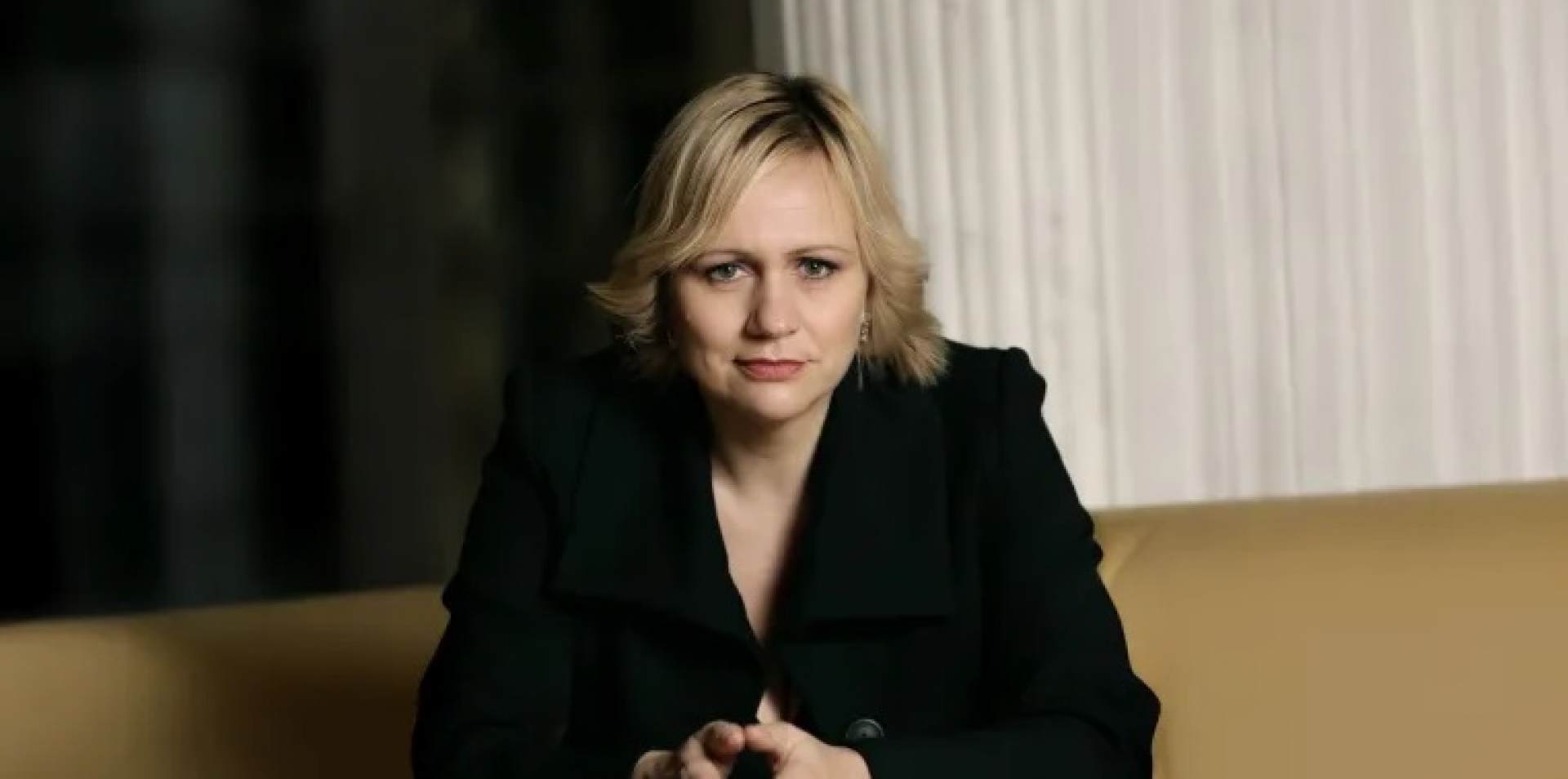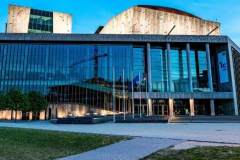Wagner, Parsifal
June 2026 | ||||||
|---|---|---|---|---|---|---|
Mo | Tu | We | Th | Fr | Sa | Su |
It was with a semi-staged, concert-style performance of Parsifal that the Budapest Wagner Days began in 2006. 20 years on, the composer’s “sacred festival stage play” (Bühnenweihfestspiel) will kick off the anniversary festival. Many people have given many different interpretations of the ‘pure fool’ who is unaware of his own past, but Müpa Budapest’s latest production once again focuses on the music given that the hall, complete with choirs positioned on various levels, provides a superior acoustic environment for Wagner’s vision. The minimal staging is the brainchild of Birgit Kajtna-Wönig, who has worked with Ádám Fischer on numerous occasions, while the cast is stellar: Magnus Vigilius (Parsifal), Anja Kampe (Kundry), Tijl Faveyts (Gurnemanz) and Jochen Schmeckenbecher (Klingsor) will already be familiar from the Ring, while Wolfgang Koch (Amfortas) appears at Müpa for the first time.
Program and cast
Artistic director and conductor: Ádám Fischer
Cast:
Amfortas: Wolfgang Koch
Gurnemanz: Tijl Faveyts
Parsifal: Magnus Vigilius
Klingsor: Jochen Schmeckenbecher
Kundry: Anja Kampe
Featuring:
the Hungarian Radio Symphony Orchestra and Choir (choir master: Zoltán Pad)
Creator:
stage director: Birgit Kajtna-Wönig
Program
Wagner:
Parsifal – festive musical stage play in three acts (German-language performance, with Hungarian surtitles)
Palace of Arts Müpa Budapest
When Müpa Budapest, Hungary and its capital's new cultural hub, opened in 2005, it was built to represent more than 100 years of Hungarian cultural history. As a conglomeration of cultural venues, the building has no precedent in 20th century Hungarian architecture and has no peers in the whole of Central Europe.
The creators of this ambitious project, the Trigránit Development Corporation, prime contractor Arcadom Construction and the Zoboki, Demeter and Partners Architectural Office, were driven by the desire to create a new European cultural citadel as part of the new Millennium City Centre complex along the UNESCO World Heritage-listed Danube waterfront. The result is a facility whose construction quality, appearance, functionality and 21st century technological infrastructure makes it ideally suited to productions of the highest standard. The building is also highly versatile and equipped to host performances of any genre and almost any scale.

 EN
EN DE
DE IT
IT FR
FR ES
ES RU
RU JP
JP RO
RO
 Seating plan
Seating plan 
